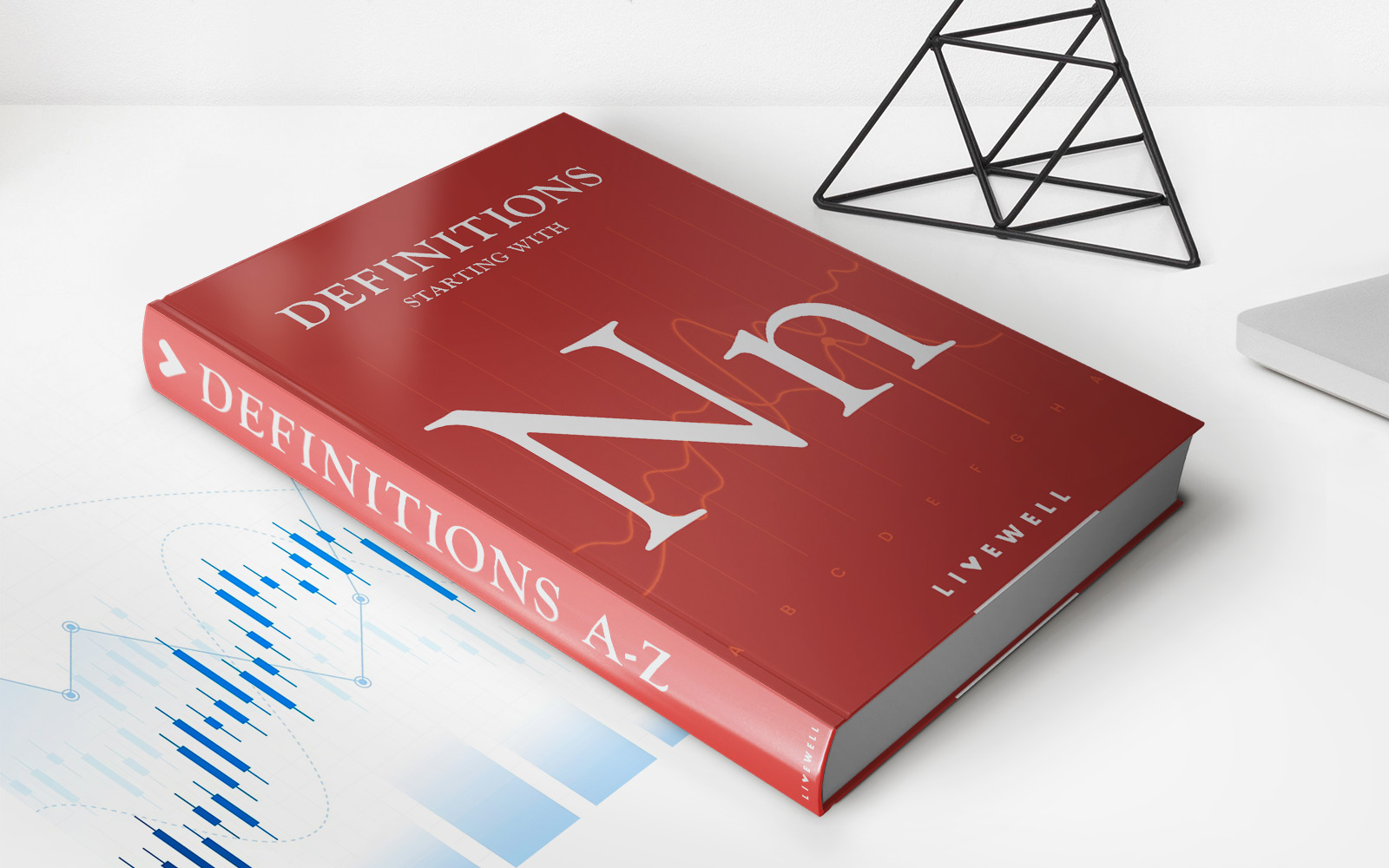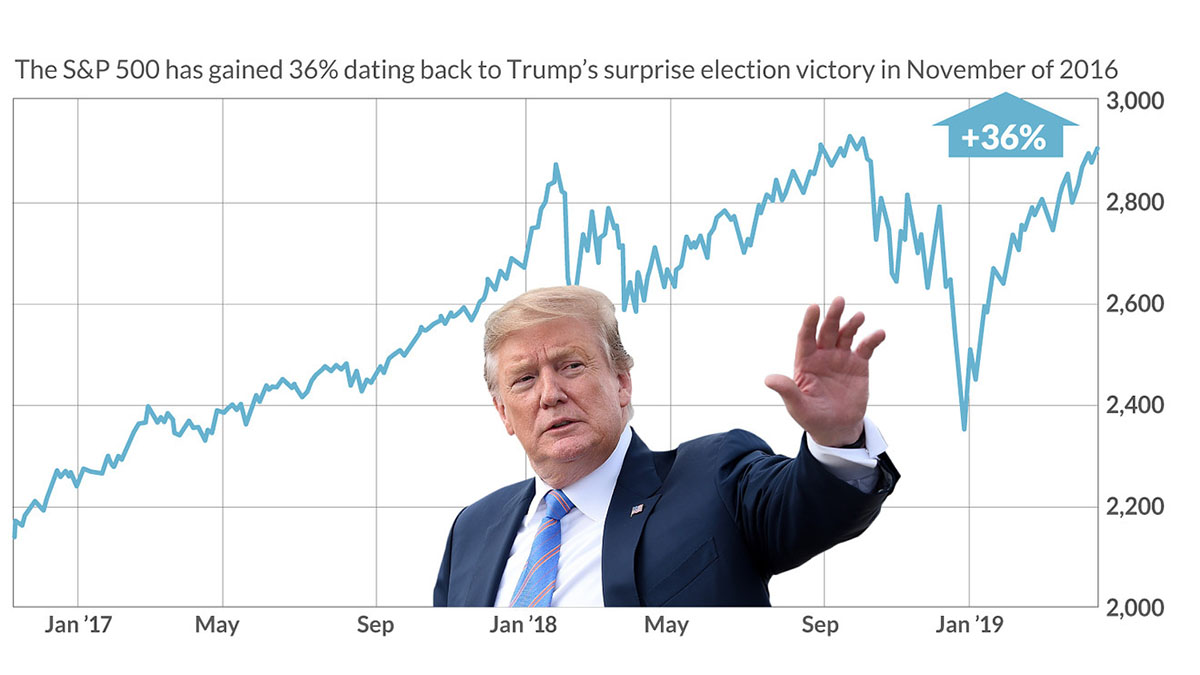Home>Finance>Anti Money Laundering (AML) Definition: Its History And How It Works


Finance
Anti Money Laundering (AML) Definition: Its History And How It Works
Published: October 7, 2023
Learn the history of Anti Money Laundering (AML) in finance and how it works. Understand the definition and importance of AML in preventing financial crimes.
(Many of the links in this article redirect to a specific reviewed product. Your purchase of these products through affiliate links helps to generate commission for LiveWell, at no extra cost. Learn more)
Anti Money Laundering (AML) Definition: Its History and How It Works
When it comes to the world of finance, there are various regulations and measures in place to ensure that illegal activities, such as money laundering, are prevented. Anti Money Laundering (AML) is a crucial component of this system, playing a significant role in safeguarding the integrity of financial institutions and the global economy. In this blog post, we will delve into the definition of AML, its history, and how it works.
Key Takeaways:
- Anti Money Laundering (AML) is a set of regulations and protocols aimed at preventing illegal activities, specifically money laundering, within the financial sector.
- AML efforts have evolved over time due to advancements in technology, globalization, and the ever-changing techniques used by money launderers.
The Definition of Anti Money Laundering (AML)
Money laundering is the process through which illegally obtained funds are made to appear legitimate. It involves several stages, including placement, layering, and integration, with the ultimate goal of disguising the illicit origins of the money. Anti Money Laundering (AML) refers to the measures and regulations put in place to detect, prevent, and report activities related to money laundering.
AML acts as a system of checks and balances that financial institutions and other regulated entities must follow to ensure they are not unwittingly facilitating money laundering. By having robust AML procedures, organizations can identify and report suspicious transactions, ultimately working towards disrupting the flow of illicit funds.
A Brief History of AML
The history of AML traces back to the early 20th century, but it gained significant momentum in the 1980s and 1990s when the scale and impact of money laundering became more evident. The Financial Action Task Force (FATF), an intergovernmental organization, was established in 1989 to combat money laundering on a global level.
Throughout the years, AML measures have evolved to adapt to the ever-changing landscape of financial crimes. With the advancements in technology, especially the rise of the internet and cryptocurrencies, money laundering techniques have become more sophisticated. As a result, regulations have been introduced and updated to address these emerging challenges.
How AML Works
AML works through a set of processes and controls put in place by financial institutions and other regulated entities. These measures aim to identify and mitigate the risks associated with money laundering. Here’s a simplified overview of how AML works:
- Customer Due Diligence (CDD): Financial institutions carry out thorough background checks on their customers to verify their identity and assess their potential risks.
- Transaction Monitoring: Ongoing monitoring of customer transactions is conducted to detect any unusual patterns or activities that may indicate potential money laundering.
- Suspicious Activity Reporting: If suspicious activities are detected, financial institutions are obligated to report them to the relevant authorities, such as the Financial Intelligence Unit (FIU).
- Record Keeping: Financial institutions are required to maintain detailed records of customer transactions and due diligence efforts to provide evidence of compliance.
- Regular Compliance Audits: Internal and external audits are conducted periodically to ensure that AML measures are being implemented effectively and in accordance with regulatory requirements.
By following these processes, financial institutions and regulated entities can contribute to the fight against money laundering and help maintain the integrity of the global financial system.
Conclusion
Anti Money Laundering (AML) is an essential component of the finance industry, ensuring that financial institutions and other regulated entities play their part in combating money laundering. By having robust AML measures in place, organizations can detect, prevent, and report suspicious transactions, ultimately striving to disrupt the flow of illicit funds. The history of AML highlights its evolution alongside changing technologies and money laundering techniques. As financial crimes evolve, AML regulations will continue to adapt and evolve in response, showing the commitment to maintaining a secure and transparent global economy.
Key Takeaways:
- Anti Money Laundering (AML) is a set of regulations and protocols aimed at preventing illegal activities, specifically money laundering, within the financial sector.
- AML efforts have evolved over time due to advancements in technology, globalization, and the ever-changing techniques used by money launderers.














